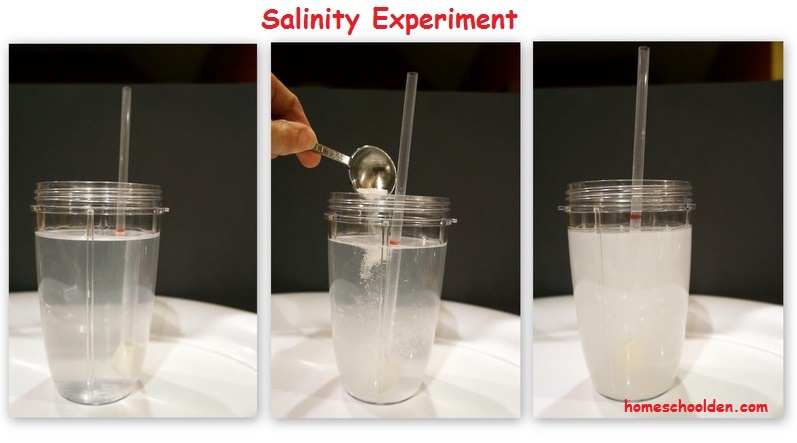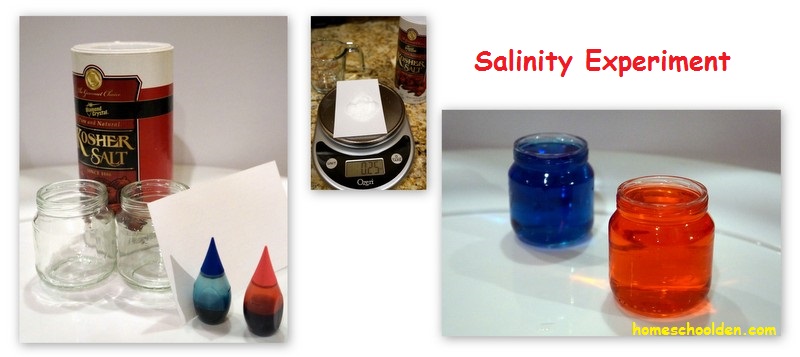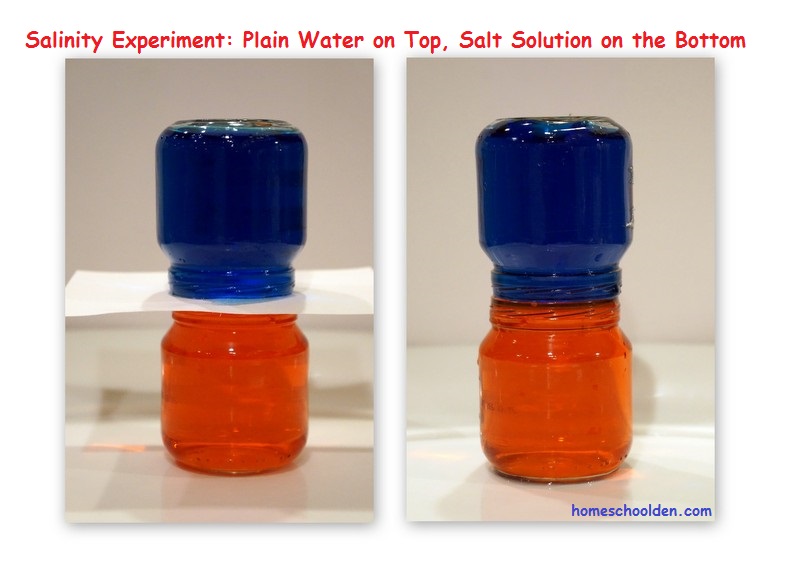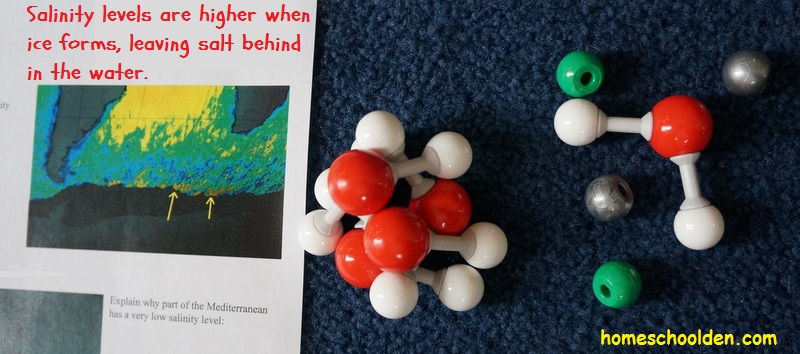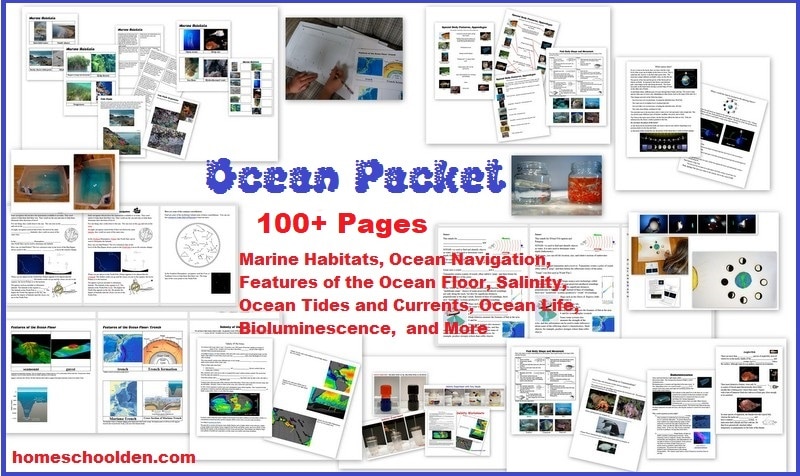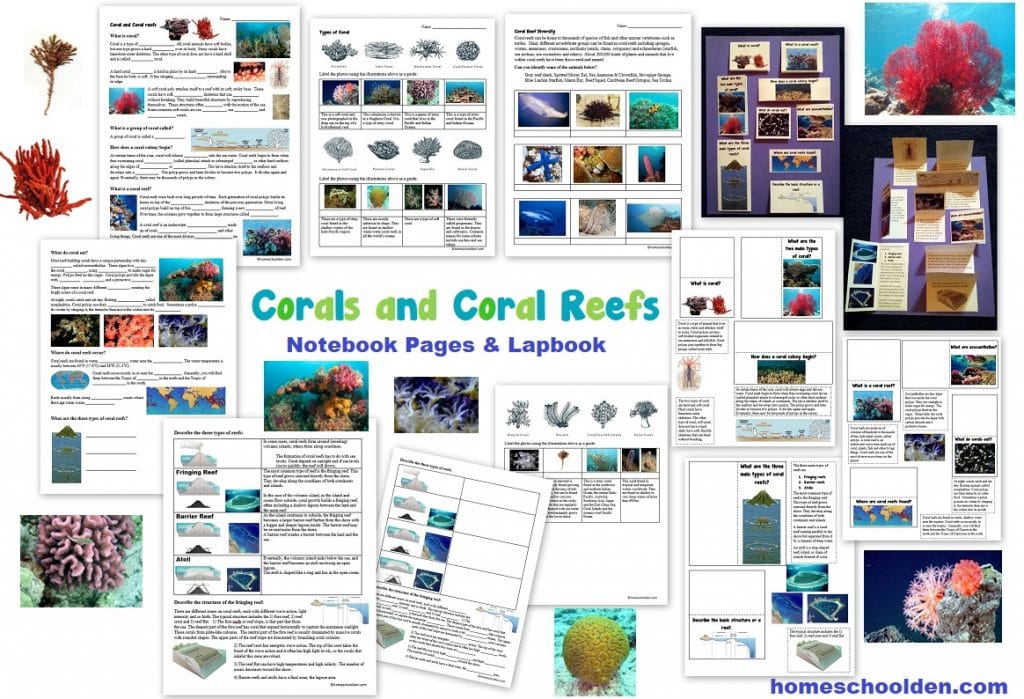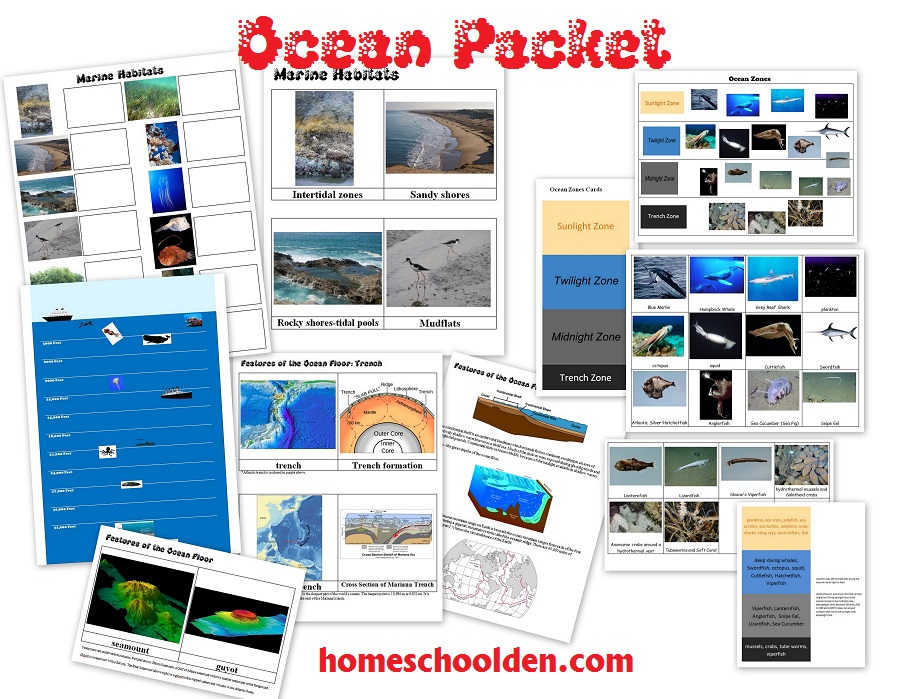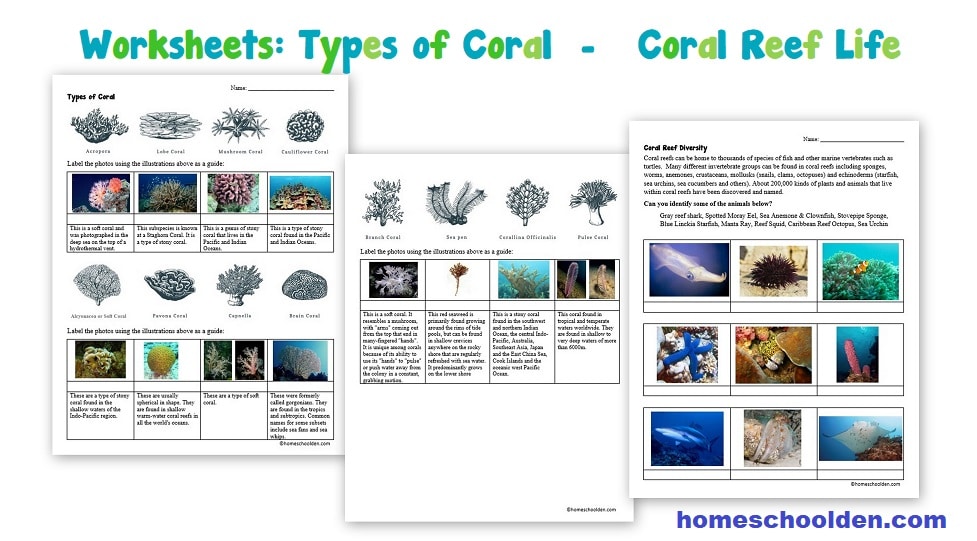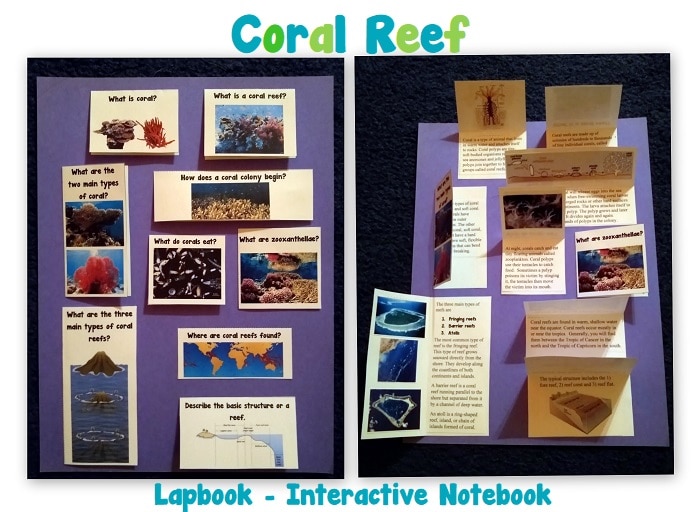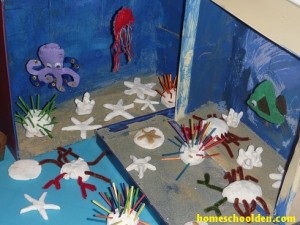Ocean Unit: 5 Salinity Activities & Why the Ocean is Salty
Ocean Unit: Today, we have five hands-on activities about salinity to share with you.
What is salinity? It is the measure of salts in the ocean. Why is the ocean salty? • Salts found in rocks and minerals that are washed to the sea.
• Underwater volcanoes.
With these experiments we explored what salinity is and why salinity is important to our understanding of the ocean and ocean currents.
Why do we need to know about salinity (ie. the saltiness of the ocean)?
- Even small variations in ocean surface salinity can have dramatic effects on the water cycle and ocean circulation.
- Surface winds drive the ocean currents, but deep ocean currents are driven by changes in seawater density. This is caused by differences in salinity and temperature.
Salinity Experiment #1:
For this experiment, we gathered a straw, clay (model magic type clay does not work, it needs to be air drying clay so it is heavy enough), a permanent marker, and a tall glass jar.
Place a blob of clay on the end of the straw. Place the clay and straw in the water. Make sure the straw floats slightly in the water. Use the permanent marker to show where the water line is on the straw.
Add several tablespoons of salt and gently mix. Keep adding salt until you notice the line on the straw float higher in the water. What does that show us about salt water?
Gather a small jar, salt, and pony beads (Make sure they sink in water. Most of the ones we had sunk to the bottom, but a different brand floated on top.).
Add water to the glass jar. Drop the pony beads into the water and gently prod them until they settle to the bottom.
Have the students add salt to the jar. It takes some time, but eventually they should see the pony beads float in the water and then finally make their way to the top.
What does this tell us about the density of the water?
This was probably the most fun and you can see a video of this activity here in our Hands-On Homeschooling Video Post. We gathered the materials for this experiment: red and blue dye, salt (we used kosher salt), a scale (or a tablespoon) for measuring the salt, two baby-food jars, index cards (laminated is better, but we used plain 3×5 cards).
Salt Water: I had the kids measure out .25 oz (just to have practice using a scale), but you can also use 1/2 tablespoon of salt for 1 cup of water. Add 3 drops of red dye.
Plain Water: Add 3 drops of blue dye.
I had the kids place an index card on the red salt water. Then, they flipped it upside down and placed the jar of salt water on top of the blue water. Then they slowly slid the index card out and observed what happened:
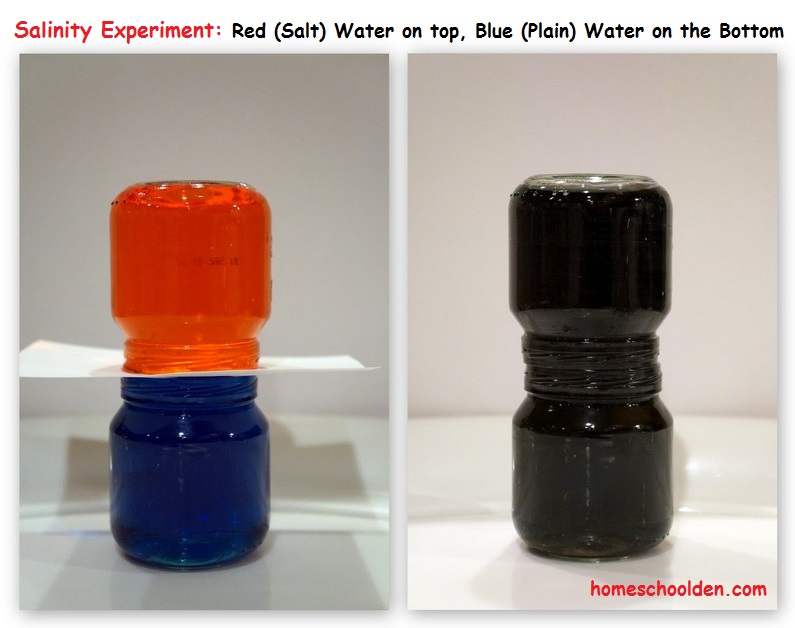
Salinity Activity #4:
Dissolve a tablespoon or so of salt in 1/2 cup of water. Have the kids use the water to make designs on black construction paper. Let the paper dry in the sun. What does the paper look like when the water evaporates? i.e. the salt crystals are left behind!
Salinity Activity #5:
Finally, we went over the salinity notebook pages (in the ocean packet I made for the kids). We went over the material in those pages and then we pulled out our molecule set. (We have the Molymod Molecule Set (affiliate link) more about that below.) We pulled out the hydrogen, oxygen and a grey and green (single bond) balls for the sodium and chlorine atoms.

We examined the satellite images taken by the Aquarius (launched in 2011!) that have been reporting on the salinity of the ocean. We talked about why certain areas had lower or high salinity levels that other regions.
Using our molecules, the kids showed how sodium chloride dissolves in water. (They broke the molecule apart.). Then they re-enacted why salinity levels would drop where rivers meet the ocean.
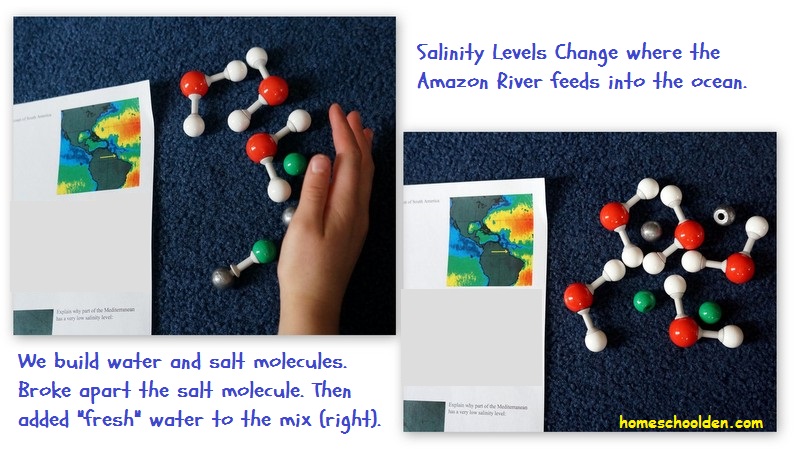
We had the molecule set from our chemistry units. You might want to visit this post on Building Molecules (and the free worksheets we have there.) For that unit, we built various molecules. We got the Molymod Teacher Set (111 atom parts) – (affiliate link) because we have 3 kids in our family, but there is a smaller set as well: the Molymod MMS-008 Organic Chemistry Molecular Model, Student Set (50 atom parts) (affiliate link) ). I would recommend getting a Molymod set because the bonds are flexible and you can do so much more with them.
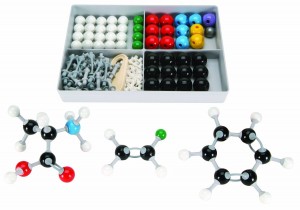
~Liesl
In addition, we are watching the amazing documentary Blue Planet: Seas of Life (affiliate link) which is also available to watch on Amazon Prime.
You may be interested in our other Ocean Unit Posts:
If you have younger kids you may be interested in the ocean activities we did when they were preschool and early elementary age:
- Ocean Animals and Their Groups
- Ocean Activities: The Ocean Zones, Layers of the Ocean
- Ocean Activities – diorama
Disclosure: Please note that some of the links in this post are affiliate links, and at no additional cost to you, I will earn a commission if you decide to make a purchase.
See you again soon here or over at our Homeschool Den Facebook Page. Don’t forget to Subscribe to our Homeschool Den Newsletter! ~Liesl
